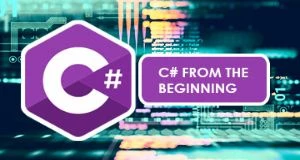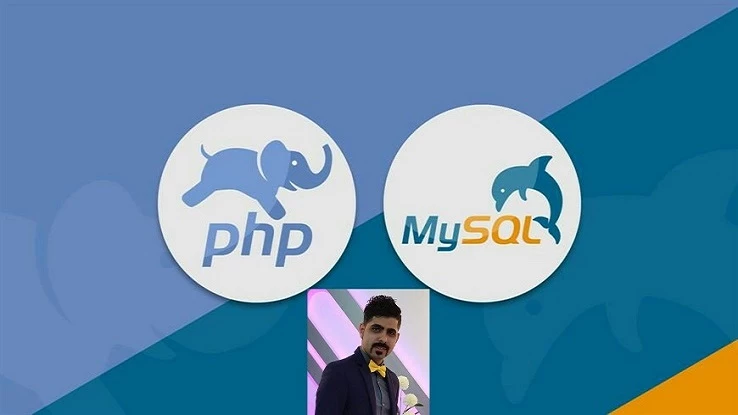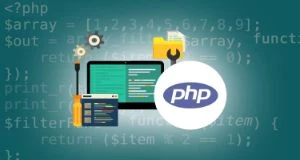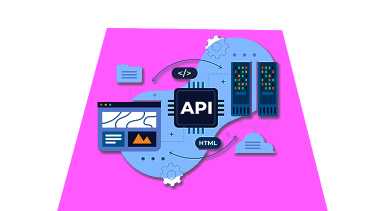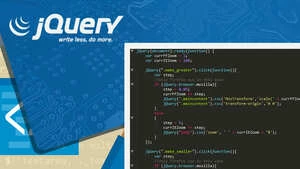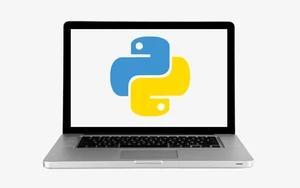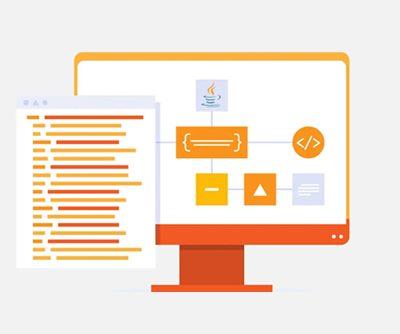Polymorphism is one of the key Java concepts you must master to comprehend the Object-Oriented Programming Paradigm. The feature known as polymorphism in Java allows an object to develop the capacity to function from various viewpoints.
In scientific terms, Polymorphism explains an object existing in different crystalline forms. In Java, Polymorphism is a phenomenon of an object that exhibits mathematical and logical operations from various perspectives. The capacity of an object to assume several shapes or behaviours is known as polymorphism in object-oriented programming. Polymorphism mainly enables objects of various classes to be processed as though they were objects of the same class.

Learn Java with Real-Time Examples and Programs in English
Last Updated: 2022-04-21
Become a legend in Java programming language
There are several types of Polymorphism in a programming language are:
- Ad-Hoc Polymorphism: Ad-hoc polymorphism is a kind of polymorphism where a function or operator can respond in several ways based on the kinds of arguments it receives. The terms “function overloading” and “operator overloading” are also used to describe this.
Ad-hoc polymorphism involves many definitions of the same function or operator with various argument types. Based on the kinds of arguments that are supplied to a function or operator, the compiler chooses which version to apply. Think about the addition operator “+,” for instance. This operator may be overloaded in C++ to deal with a variety of data types, including custom classes, integers, and floating-point numbers. - Parametric Polymorphism: A sort of polymorphism known as parametric polymorphism allows a function or data type to operate on a wide range of data types without being aware of the precise type at compile-time. This is also known as generic programming. The function or data type is specified using one or more type parameters in parametric polymorphism, which can be changed to real types as needed. This eliminates the need to write new code for each distinct form of data and enables the function or data type to be reused with a variety of data types.
For the purpose of developing flexible data structures and algorithms that can handle any sort of data, parametric polymorphism is frequently employed in programming languages like C++ and Java. It can increase the flexibility of coding but is considered more complex than Ad-Hoc Polymorphism. - Subtype Polymorphism: A subclass is regarded as the parent class in subtype polymorphism, a kind of polymorphism. This is also known as subtype substitution or inheritance.
With subtype polymorphism, a class can add to or change its own set of attributes and behaviours in addition to inheriting those from its parent class. It is possible to use the subclass in lieu of its parent class and to treat it as an instance of the parent class.
By arranging similar classes into a hierarchy and sharing their characteristics and behaviours, subtype polymorphism promotes code reuse and abstraction. By letting objects of various classes be handled as though they were objects of the same class, it can increase the flexibility and maintainability of code. Though it can also introduce complexity and potential errors if the inheritance hierarchy is not well-designed or well-documented.
Features of Polymorphism:
- The functionality of the method behaves differently in different situations.
- Polymorphism supports implicit type conversion.
- The type of data determines the behaviour of a method.
- A method or a member with different types can have the same name.



